BLOG
Old Vines: Solutions for the Future
Natasha Hughes MW
Viticulture Insights

WSG is proud be the first Educational Partner of The Old Vine Conference. Read more to find out how this dynamic non-profit organization is actively creating a global network of old-vine disciples while raising awareness through education.
The economic and social relevance of old vines is real, but the structure of the global wine industry stacks the odds against the regenerative commercial viability of old vines. The result is that healthy old vineyards of cultural resonance and unique qualitative potential are lost because they can’t be made to pay.
The Old Vine Conference is a non-profit organisation whose aim is to bring together a global network to create a new category for wine from heritage vineyards. The Old Vine Conference works to safeguard old vines of cultural and ecological value by connecting, educating and inspiring the global wine industry through conferences, research, partnerships, tastings and fieldtrips.
Given France’s long and illustrious history as a wine-producing nation, it may come- as a bit of a surprise to discover that most of its vineyards are populated by relatively young vines. Despite a plethora of labels advertising ‘vieilles vignes’, there is no official definition of an old vine in France, and many vineyards are grubbed up once they reach the age of thirty years or so. Nevertheless, there are producers who not only work with vines that have attained a truly venerable age, but whose reasons for doing illustrate France’s rich viticultural history and may also point the way towards a thriving future to come.
For some growers, preserving vines is a way of preserving tradition. This is certainly the case at Champagne Bollinger, where the ungrafted vines of the Clos St Jacques and the Clos des Chaudes Terres are managed using a system known as provignage that dates back to the Middle Ages. “The fact that we use this method allows us to get better levels of ripeness,” says Denis Bunner, Bollinger’s chef de cave. “But it’s not just about that – Bollinger has a mission patrimonial, a mission to preserve our traditions – it’s of a piece with the fact that we vinify our wines in oak and age them under cork. It’s a way of being a witness to history.”
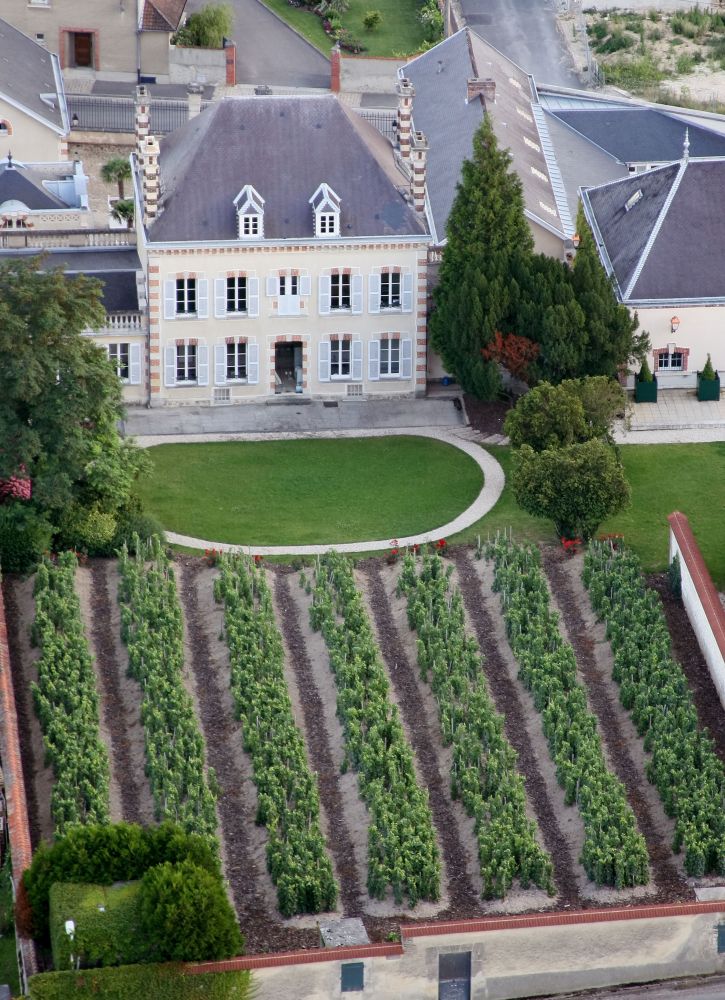
An attachment to history is also at work in the oldest vineyards of Plaimont in south-west France. Of 5,000 hectares owned and managed by the company’s 800 growers, only around 140 hectares, mostly in St Mont and Madiran, are truly old vines. But old, in this instance, means phenomenally old: there are two parcels of pre-phylloxera vines planted in the early 19th century, around the time Napoleon was emperor. “In order to find the oldest vines in France,” says Olivier Bourdet-Pees, Plaimont’s managing director, “you need to look for regions that were struggling to make a living from wines in the early part of the 20th century. The vines stayed in the ground not because people could make money from them but because they felt an attachment to these vines that had been planted by their grandparents.”
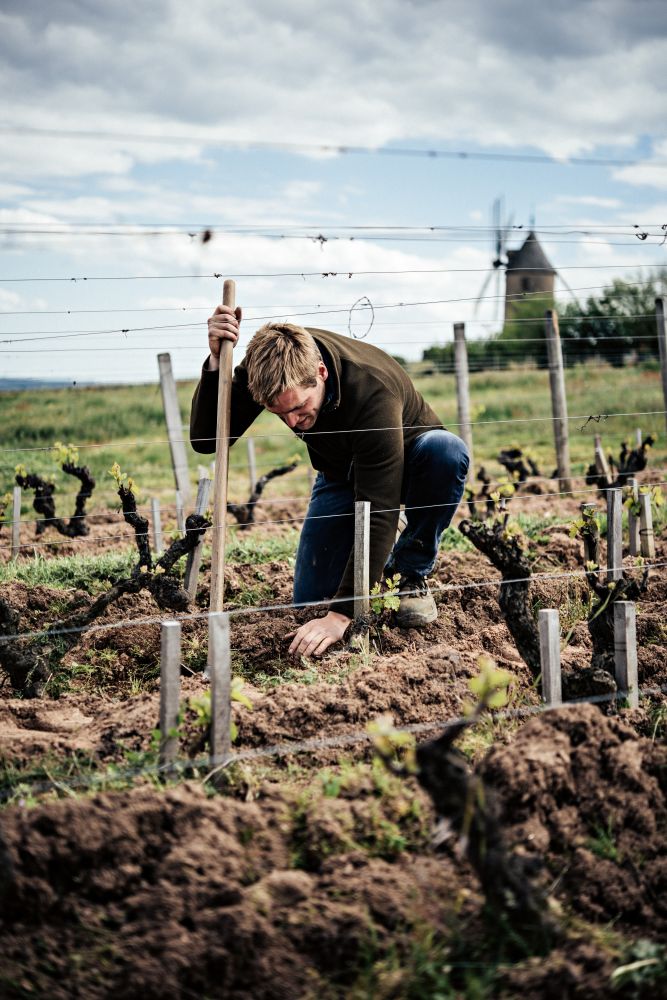
Bourdet-Pees believes that in regions where viticulture continued to thrive, there would have been an economic imperative to replant these ancient vineyards with higher-yielding vines. His thesis is backed up by the fact that two wine-growing regions with the highest numbers of truly ancient vineyards in France had once thrived but had fallen into the economic doldrums in the latter half of the 20th century. Both Languedoc-Roussillon and Beaujolais (the crus in particular) are treasure troves of old vines, with many vineyards boasting plants of 80 years or more.
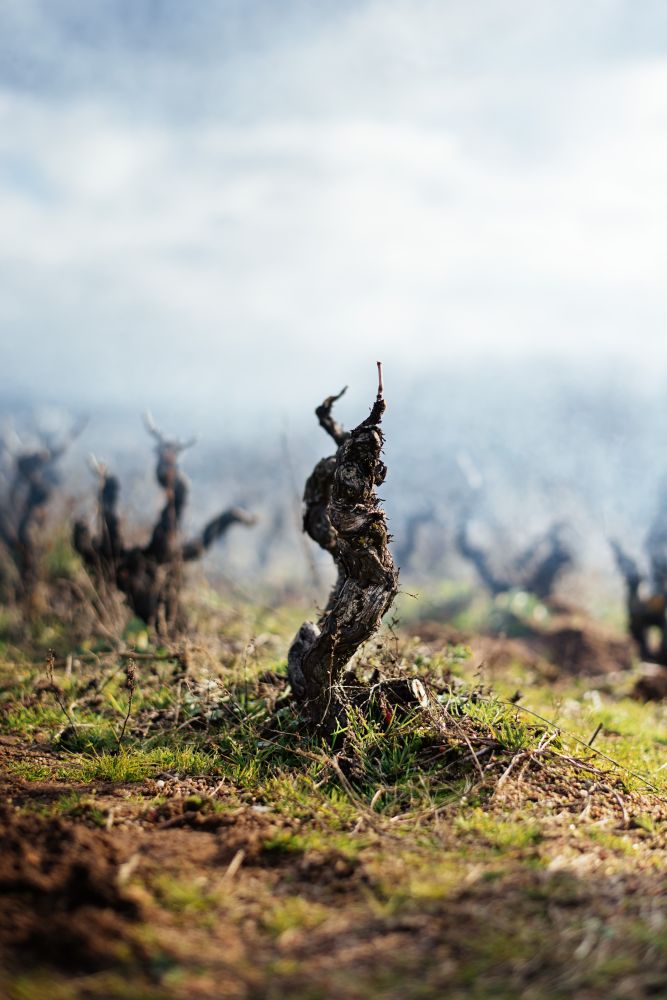
According to Edouard Parinet, owner of Beaujolais’ Château du Moulin-à-Vent, where the average age of the vines is 65 years, Beaujolais and Languedoc-Roussillon have another factor in common, beyond economic history, that may help to explain the longevity of their vineyards. “In both regions,” he points out, “many of our old vines are bush vines. This helps the vines to survive for longer than cordon-trained vines as the way they’re pruned helps to protect them from trunk diseases like esca.”
“What’s more,” he adds, “most of these old vineyards have high planting densities. This means that the vineyards continue to give reasonable yields, even though each individual old vine gives lower yields than a younger vine might.”
Commercial viability is a consideration for many growers when it comes to the question of whether or not to retain their old vines or to replace them with younger, more vigorous plants that are often easier to maintain. But cost is not the only consideration that comes into play. As Brigitte Chevalier of Faugères’ Domaine de Cébène points out, “No matter how artisanal we want to be, we’re running a business, but we’re compensated for the extra cost of maintaining these vineyards by the quality and character of the wines they give us. There’s a power, a vibrancy to the wines they make – I’m always really struck by the energy of the wines made by these old vines.”
Katie Jones, who makes wines in Fitou under the label Domaine Jones, agrees that there’s a special quality to wines made from these old vines, with Carignan in particular benefitting from age. ‘My theory,’ she says, ‘is that Carignan needs low yields to make high-quality wines, and because older vines tend to be lower yielding than young vigorous vines, the wines benefit.’
And although its mostly red grapes that tend to survive as old vines, Jones believes that the value of maintaining white varieties into old age should not be neglected. “If anything, white wines need that extra vine age even more than reds. Old vines give you much better balance than younger vines – there’s a concentration of structure as well as a concentration of fruit,” she explains.
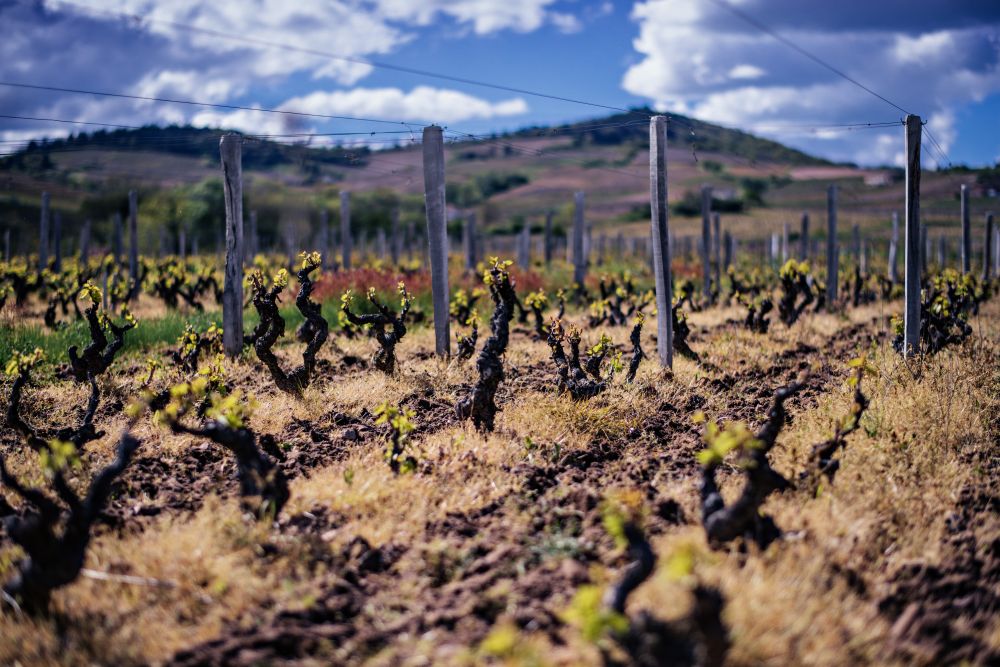
And as concern grows over the increasingly unpredictable climate and a succession of hot, dry summers, there’s a growing consensus that old vines appear to cope better with the stress imposed on them.
“The depth of the roots on these old plants gives them the ability to deal with the episodes of drought we’ve experienced in recent vintages,” asserts Chevalier. “The older the vines are, the more I find that the leaves stay green, while it’s clear that younger vines struggle.”
And not only do old vines survive the challenges laid down by climate change, the wines made from their grapes seem to emerge unscathed too. “Despite the concentration you get from the low yields in older vines, the wines somehow end up with better balance,” confirms Parinet. “Even in warm years, grapes from these old vines don’t have spikes in the sugar levels, so the resulting wines are better balanced than those made from younger vines.”
There’s one further, rather unexpected, benefit to be derived from these ancient plantings. Most of these ancestor vineyards were planted with a massal selection (rather than the clonal selections that became more typical in the latter half of the 20th century). From this source of biodiversity comes the hope of varieties better equipped for the future. Among the 21 different varieties planted in Plaimont’s pre-phylloxera parcels – seven of which are so unknown that they don’t have a name – is one simply known as Le Tardif (the late one).
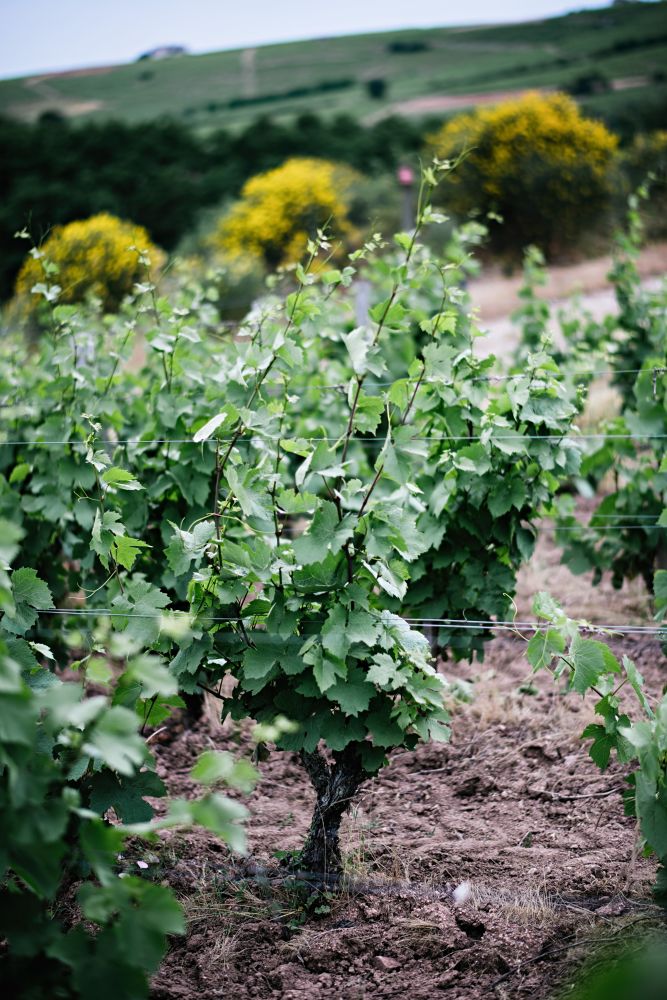
Plaimont’s growers have used the two vines of the variety in the parcel to propagate a now-thriving seven-hectare vineyard that shows great promise.
“It’s pretty clear that the growers who worked with this variety back in the day must have hated it,” laughs Bourdet-Pees, “it ripens so much later than everything else in the vineyard. But at a time when harvest is getting earlier and earlier, a variety that ripens around the start of October is very desirable. Not only that, but it’s an amazing grape that makes amazing wines – it’s rich in rotundone (the chemical that gives Syrah its peppery character) and although it’s not very tannic, it ages really well.”
“When we talk about old vines,” says Bourdet-Pees, “we’re often talking about the past, but I really think they offer the possibility of solutions for the future.”
Learn more about old vines on WSG Studio with The Old Vines Conference co-founder:




